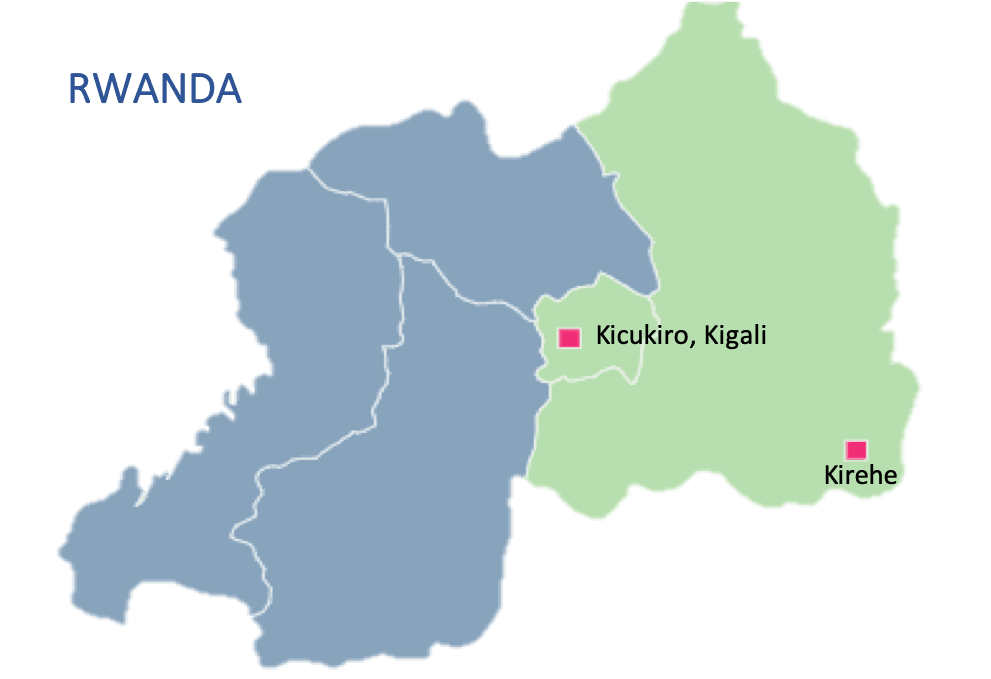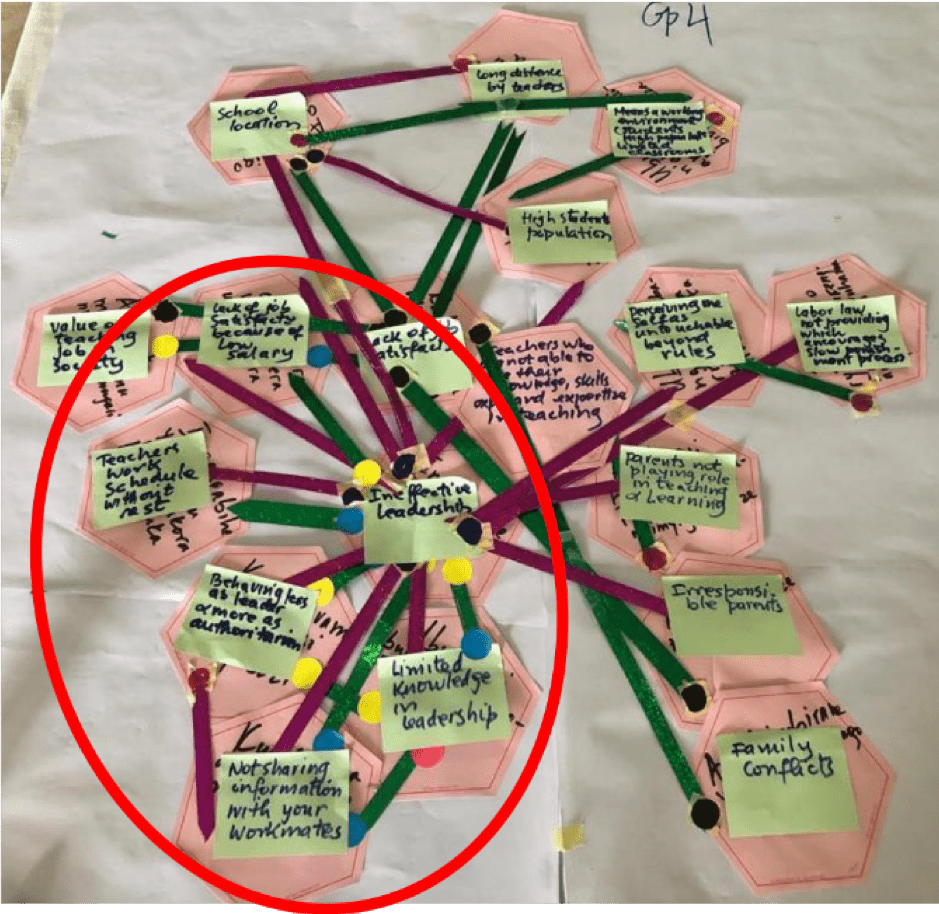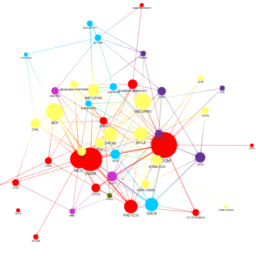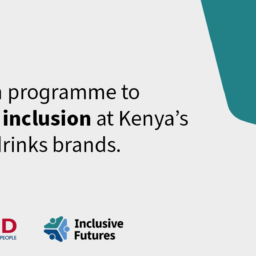As part of a pilot project under the USAID-funded SPACES program, LINC facilitated five participatory mapping workshops with primary education sector stakeholders in Rwanda during September and October 2019. The workshops guided participants through an influence mapping process to produce a more detailed, visual understanding of the elements – and the interrelationships between those elements – that ‘influence’ sub-optimal education outcomes. The ultimate objectives of the workshops were to 1) create opportunities for multi-stakeholder dialogue, encouraging systemic inquiry approaches among participants, and 2) to generate new learning for use at the policy and program planning level.
Four of the five workshops were held at the district-level – two in Kirehe (rural) and two in Kicukiro (urban) – and the fifth was conducted with national-level stakeholders in Kigali. The workshops brought together stakeholders relevant to a particular set of issues around student literacy – at the district level this included parents, teachers, school administrators and local government officials, and at the national-level included Government of Rwanda (GOR) officials and other development partners.

Each workshop focused on mapping the system of influence around one of two identified issues:
- Student dislike of school – A recent dropout study (2017) commissioned by Rwanda’s Ministry of Education and UNICEF reported that ‘Dislike of School’ is a top three driver of student dropout.
- Teacher capability – Teacher training has been a major focus of education reform and improvement efforts in Rwanda. However, the framing around teacher “capacity” (i.e., the technical skills and abilities of teachers to teach) does not consider the factors that help and hinder translating teacher capacity into learning capability.
An overwhelming theme that arose in all five workshops was the lack of compassion, care and respect for the child. This was featured as an issue both in the classroom as well as in the home. There was also general consensus across stakeholder groups and between the two topics on several critical factors that align with the relevant education literature such as limited financial and physical resources, teacher motivation, poverty, and ineffective school leadership.
Certain other factors were not featured prominently in the mapping exercise, though we would have expected to see them based on the literature. These included peer-to-peer student relationships, community engagement, and the role of local government. On the other hand, a number of themes emerged with a level of prominence that was not expected based on literature and on typical educational program discussions. These included climate change, stunting, teacher-to-teacher conflict, and adult substance abuse.

The photo above shows an influence map created by a group of head teachers and village leaders during a workshop in Kicukiro. The colored strips represent relationships of influence between two factors – pink strips indicate a relationship that participants identified as being particularly strong and significant. Dots are placed on the source of influence, indicating directionality of the relationship (for relationships of mutual/reinforcing influence, dots are placed at both ends).
LINC’s partner, Johns Hopkins University (JHU) is now in the process of incorporating the workshop findings into a larger map of the education system in Rwanda that was developed using available secondary data. The final, cumulative map will be a resource for development partners to better elucidate potential pathways of impact in their primary education programming in Rwanda.



